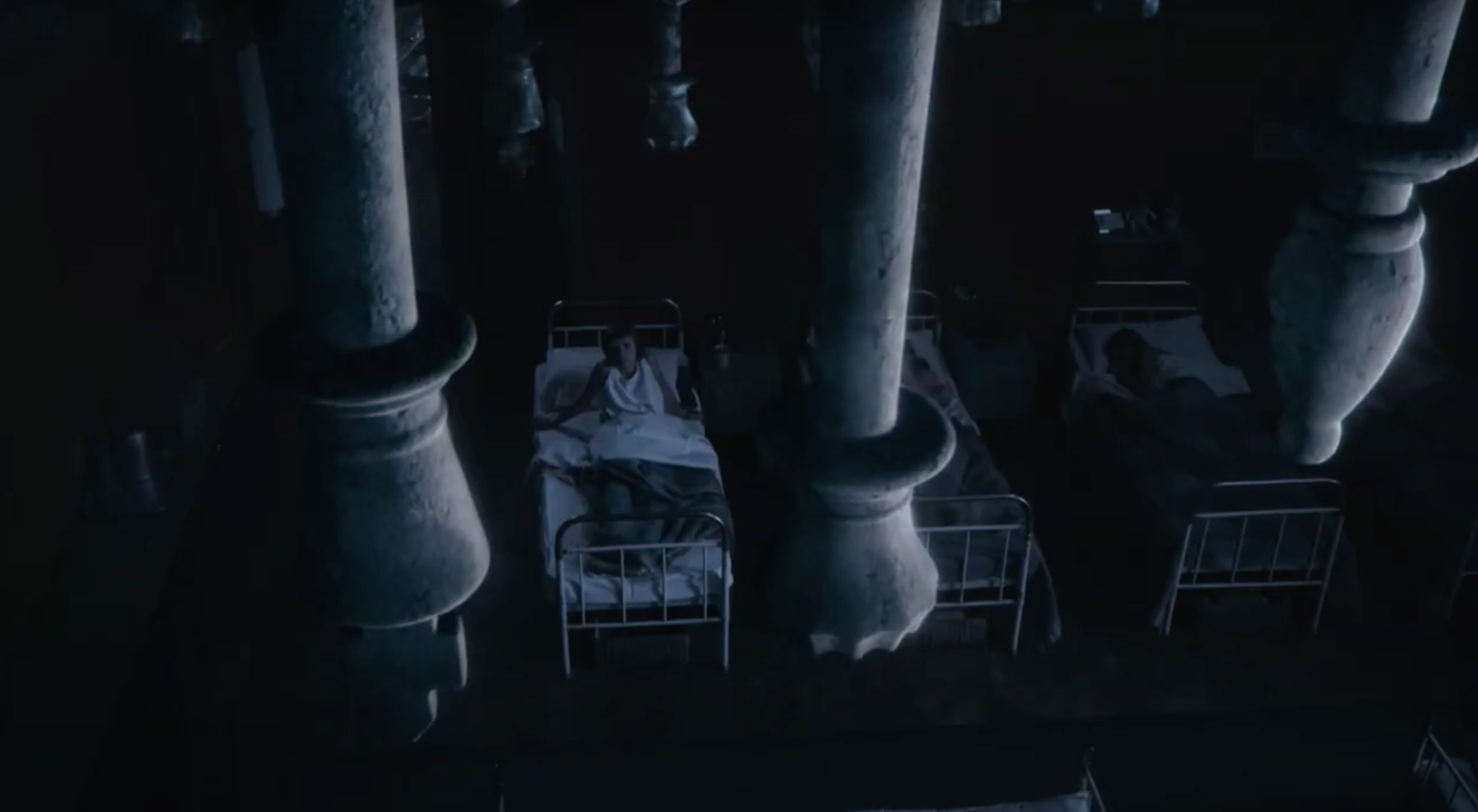Mastering Decision Quality: Essential Strategies for More Effective Decision Making

As leaders, the ability to make good decisions will often determine how effective we are in our role. Over longer periods of time, we get to see how well our decisions play out. But in any given moment, it can be difficult to know if we’re making the best possible decision for a situation. As leaders, how can we improve our ability to make high-quality decisions when it matters the most?
See a Good Move. Find a Better One.
We've all heard that we shouldn't rush when making decisions. While that's good in theory, the reality is that many leadership roles require us to go from decision to decision without having much time to reflect. In fact, studies say that the average person will make up to 35,000 decisions a day. Many of these decisions are subconscious and of little consequence. However, what steps can we take to improve our most important decisions? Practical advice for improving decision quality comes from the chess world. Emmanuel Lasker, the longest-reigning world champion of chess said, "When you see a good move, look for a better one." Though chess has a reputation for being a slow game, players will tell you that it takes discipline to not make your moves quickly. During a chess match, many players have a good sense of the next move they would like to make. However, consistently playing the first move that comes to one’s mind can lead to huge blunders (the chess term for tactical mistakes). To prevent this, a good habit in chess and leadership is to figure out the move you want to make and then to pause to look for an alternative move. In the end, you may decide to continue with the first solution that you came up with. But giving yourself time to pause can help lead to decisions that may be even stronger than your original.
Practice Visualizing the Outcome of Your Decisions
In the final scene of The Queen’s Gambit, chess prodigy Beth Harmon is defending a losing position against Russian player Borgov. Beth knows that she’s in trouble.
Taking a deep breath, Beth lifts her eyes and looks intently at the curvature of the ceiling. In Beth's mind, she doesn't just see the boring beige-white concrete of the ceiling. Instead, she sees chess pieces flying across the ceiling as if they’re being moved by an invisible hand. Borgov frowns in confusion as he peers upwardly to understand what Beth is looking at. To Borgov and the audience, there’s nothing but the ceiling.

In the movie, you can see that Beth is using the ceiling to visualize and calculate the next several moves that both she and Vasily Borgov would make. Though dramatized, the act of visualization is common among top chess players. Before committing to a decision, chess players try to anticipate how their opponents will react to their move. By doing so, players can then decide what their own subsequent move should be. Although we're not always facing a direct opponent when making a decision in leadership, we can practice thinking ahead about our decisions as well.
In stoicism, this practice is known as premeditatio malorum — the premeditation of adversity. With premeditatio malorum, philosophers such as Seneca would practice visualizing what could go wrong with their plans. As Ryan Holiday points out in his article on the subject, Booker T. Washington practiced this method daily.
When I begin my work in the morning, I expect to have a successful and pleasant day of it, but at the same time I prepare myself to hear that one of our school buildings is on fire, or has burned, or that some disagreeable accident had occurred, or that someone has abused me in a public address or a printed article, for something that I have done or omitted to do, or something that he had heard that I had said—probably something I had never thought of saying.
It's worth noting that premedatio malorum is not the same as negative thinking. Instead, it is an attempt to positively influence an outcome through preparation. As Seneca says, it is "the unexpected blows of fortune [that] fall heaviest and most painfully, which is why the wise man thinks about them in advance."
The modern-day leadership version of this is called a premortem. A great example of this is relayed on in a story on dailystoic.com
A CEO calls her staff into the conference room on the eve of the launch of a major new initiative. They file in and take their seats around the table. She calls the meeting to attention and begins, “I have bad news. The project has failed spectacularly. What went wrong?”
The team is perplexed: What?! But we haven’t even launched yet…!
And that's the point. Like Beth Harmon playing a game of chess in her mind, premortems allow leaders to play out a decision with their teams. In doing so, you can increase the quality of your decisions in key moments.
Be Relentless About Getting Feedback.
Leading up to Facebook's IPO, Sheryl Sandberg and a banker had just stepped out of meeting with personal investors. "What could I have done better" asked Sheryl to one of the bankers leading the IPO. Kim Scott, who recanted this story in her book Radical Candor, notes that the presentation was a home run. It was probably not surprising then that the banker could not think of any constructive feedback to share with Sheryl. "I know there was something I could have done better in there." Sheryl said unrelentingly. Nervously, the banker still could not think of anything. Finally, Sheryl said, “You have a reputation for being great at giving feedback, I bet if you think about it, you can come up with something.” Once the banker thought of the feedback hew wanted to share, Sheryl thanked him and committed to doing better next time.
You don't have to be a COO at Meta to relate to parts of Sheryl's situation. Many leaders understand that they need to seek out feedback. But even when we do, our team members can find it difficult to speak candidly. You’re more likely to hear “everything’s great” than you are to hear the critical feedback you need to improve.
This is problematic when it comes to decisions. Because the higher you go, the less likely you are to hear critical feedback about your decisions. The lesson we can learn from Sheryl, however, is that we have to be relentless in our pursuit of getting feedback. It's not always enough to simply ask for feedback. You'll have to create space, trust and an expectation that those around will be able to share critical feedback.
One practical way to achieve this is to ask your team to be prepared to share at least one suggestion for improvement in an upcoming one to one. This works even more powerfully if you give them a specific topic that you would like feedback on. For example, saying "In our next one to one, we'll be reviewing the approach we took to our last marketing campaign. I would appreciate if you can think of strategy / decision we made that was positive, and one that was not." If they know that you won’t let them off the hook without a suggestion, they’ll use the prep time to think of what and how they want to share.
It’s easy to view decision quality as a skill that you either have or you don’t. However, by building the habit of slowing down, thinking ahead, and being intentional about getting feedback, any leader can elevate their decision quality over time.

